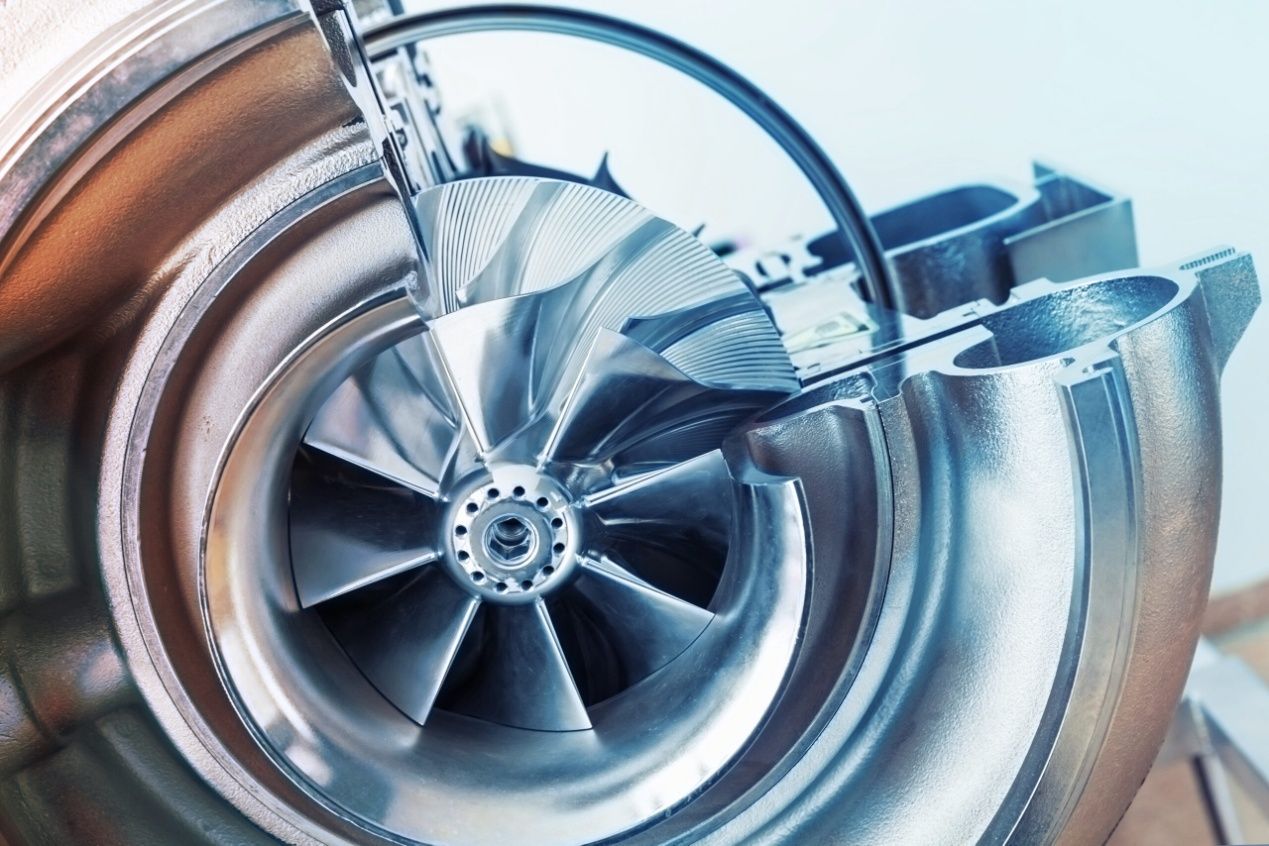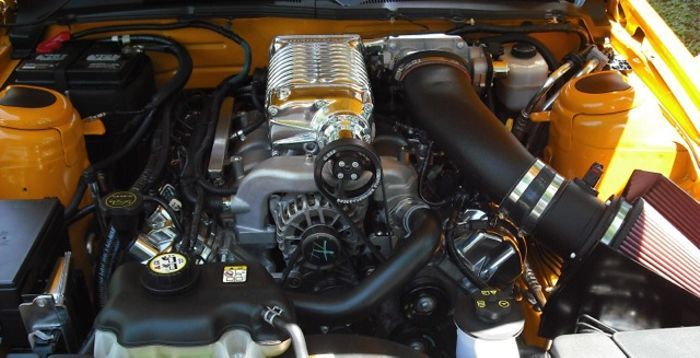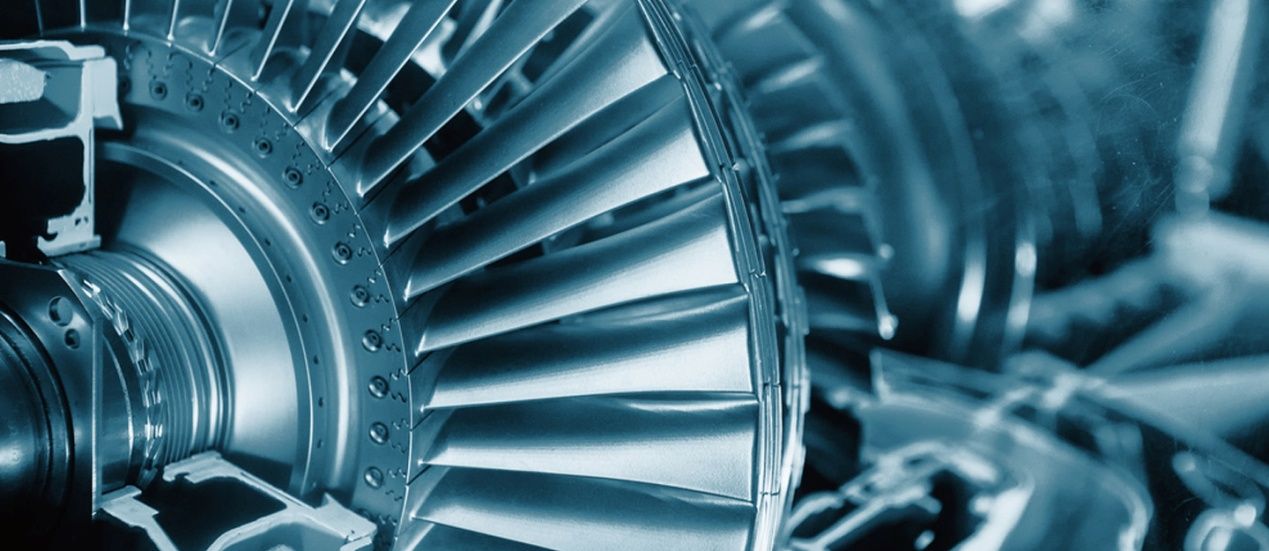Turbocharging has become a popular technology used by many automakers today. The technology has a number of advantages that make it an attractive option for many drivers. However, while turbocharging has many benefits, there are also some disadvantages to consider. In this article, we’ll explore the pros and cons of turbocharging.
Benefits of Turbocharging
First, let’s discuss the benefits of turbocharging. Turbocharging is a technology that helps increase engine power. It does this by using a turbocharger, a device that compresses the air entering the engine. This compressed air allows the engine to burn more fuel and thus produce more power. This increase in power can dramatically change a vehicle’s performance.
One of the main benefits of turbocharging is improved fuel economy. A turbocharged engine is actually more fuel efficient than a naturally aspirated engine because it converts more of the fuel into energy. This means that a turbocharged engine can achieve better mpg (miles per gallon) than a non-turbocharged engine.
Another advantage of turbocharging is that it can help increase the engine’s torque. Torque is the amount of torque an engine can produce and is important for tasks like towing or towing heavy loads. A turbocharged engine can produce more torque than a naturally aspirated engine, which can make it more capable in certain situations.
Turbocharging also helps reduce the engine’s emissions. By increasing the efficiency of the engine, turbochargers can help reduce the amount of pollution produced by the vehicle. This is especially important in today’s world, where environmental issues are becoming increasingly important.

Disadvantages of Turbocharging
While turbocharging has many benefits, there are also some disadvantages to consider. One of the main downsides of turbocharging is that it can be expensive. Installing a turbocharger on an engine can be expensive, especially if it isn’t available from the factory. Also, turbochargers can be more complex than naturally aspirated engines, which can make them harder to maintain and repair.
Another disadvantage of turbocharging is that it is more prone to overheating. Since turbochargers generate a lot of heat, they need to be properly cooled to work properly. This can be a challenge, especially in high-performance applications where the engine generates a lot of heat. If the turbocharger overheats, it can damage the engine or even cause mechanical failure.
Turbocharging also increases wear on certain engine components. For example, increased pressure inside the engine causes the pistons, connecting rods and crankshaft to wear out faster. Over time, this results in increased maintenance costs, as these components may need to be replaced more frequently than in naturally aspirated engines.
In conclusion, while turbocharging has many benefits, there are also some disadvantages to consider. It can be an expensive option, and it can also be more complex and harder to maintain than a naturally aspirated engine. Additionally, turbochargers are more prone to overheating and can cause increased wear on certain engine components. However, despite these drawbacks, many drivers still choose to use a turbocharged engine because it provides more power and better efficiency. Ultimately, the decision to choose a turbocharged engine depends on a variety of factors, including budget, driving needs, and personal preference.
Post time: 28-04-23

